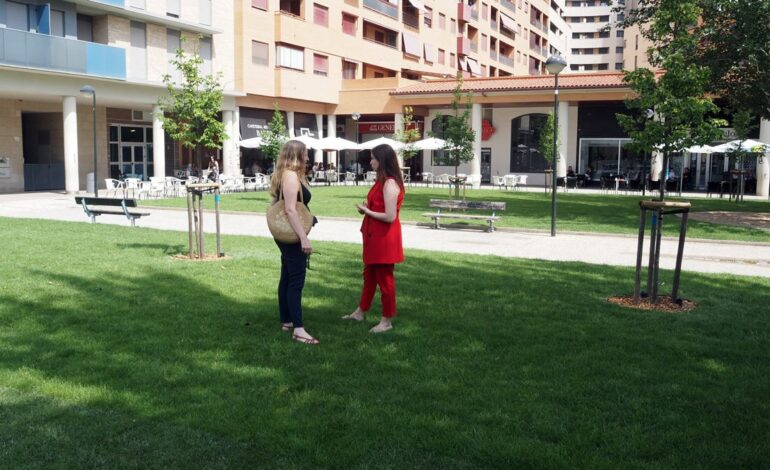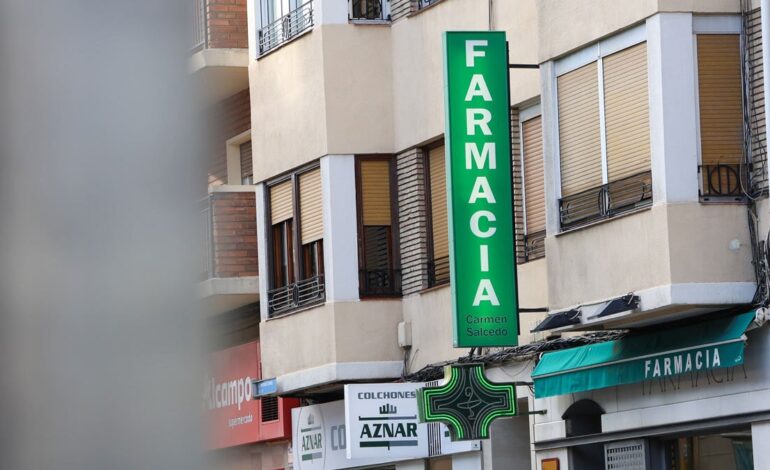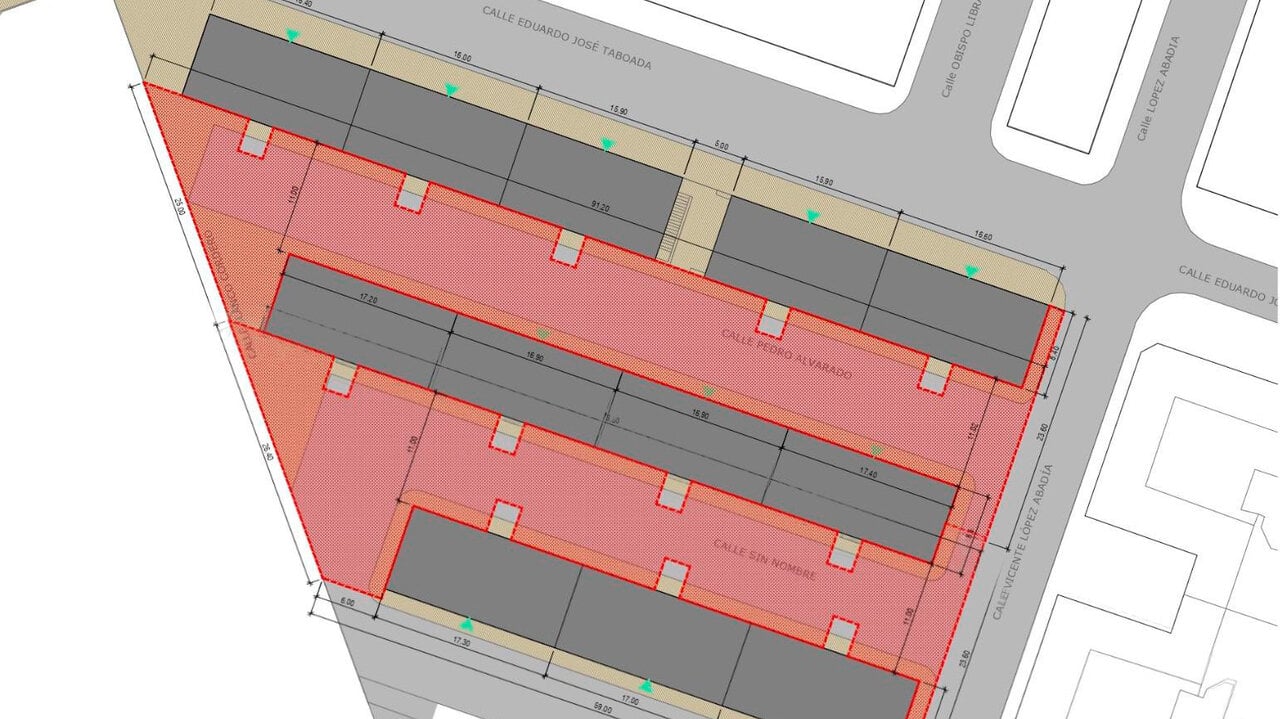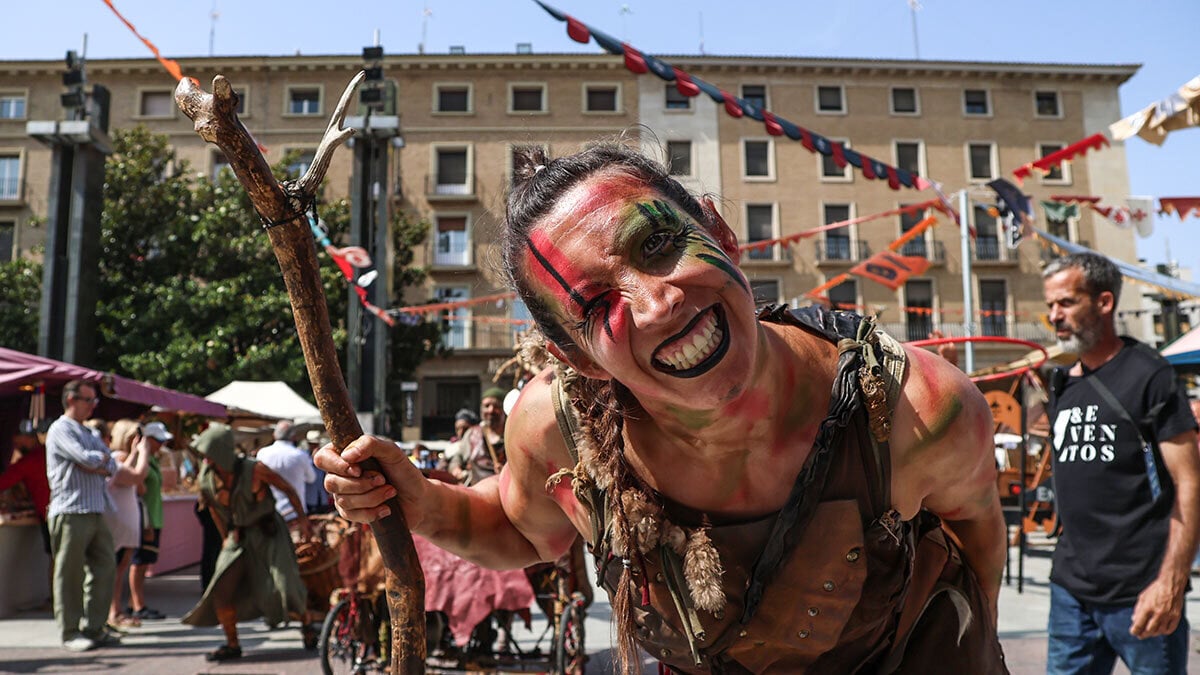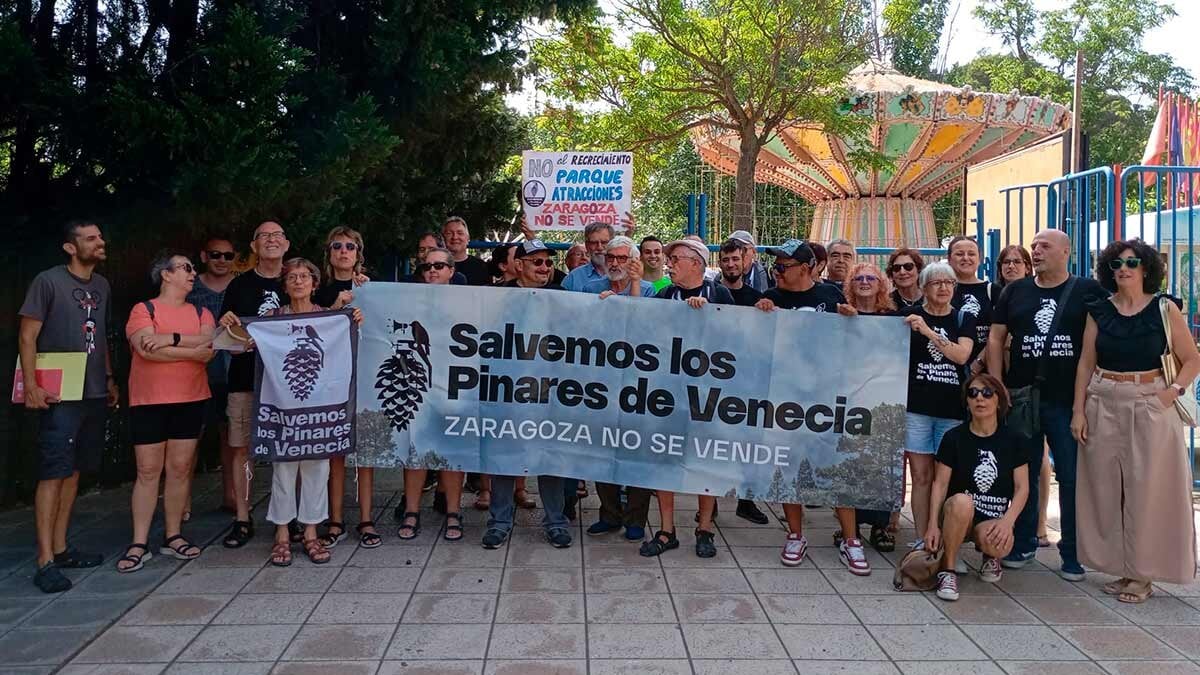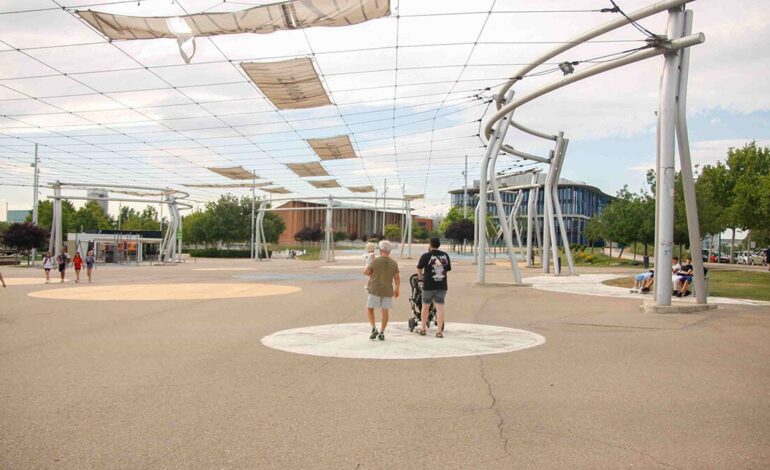
The Expo Legacy Association claims a greater impulse to conserve the 2008 heritage
The Expo Saragossa 2008 opened the city doors to visitors from all over the world. Now, those doors are still open, but they seem to be forgotten. A tourist bus runs through an unusual and hot Expo enclosure, while the Expo 2008 Legacy Association raises the voice and exposes its annual report on the situation of the spaces.
“The Expo is not over, it has no expiration date until everything is busy and exploited,” said Paco Pellicer, president of the association, during his speech. In addition, the report presented is especially exhaustive. “We have done field work, evaluations, photographs … a rigorous diagnosis to see if the patient – the legacy – is healthy or sick, and then make proposals for improvement,” explained the president of the association.
According to the analysis, the deterioration has advanced since 2017, the year in which the management of the Water Park passed to the municipal services. Since then, they say, maintenance “stopped being properly attended.” While areas such as the grass have some care from a hired company, other key spaces are completely abandoned.
One of the most concern is the Botanical Park. Conceived as a didactic and environmental space, with gardens specialized in native flora and water uses, today it presents an “unfortunate” state. “The orchards are without cultivating, the borage no longer blooms, there are no aromatic plants … the educational and recreational approach that Pellicer has been lost.”
Another of the issues to be discussed has been the state of the integral water cycle, an exemplary system of capture, purification and return of water to the Ebro river that could become “a rotten pond if it does not intervene urgently,” said Pellicer.
Business buildings: lights and shadows
Not everything is bad news. The business zone of the enclosure shows an occupation level of 92%, thanks to the installation of the city of justice and public and private companies. In addition, “The Water Tower is currently boiling,” Pellicer said, since it is being the subject of a transformation project to turn it into an architectural and tourist symbol of the city. The Zaragoza aquarium is also in operation: “The same or much better managed than when it was a pavilion of Expo 2008,” Pellicer said; as well as the Puente Pavilion, managed by Ibercaja Foundation.
As for the buildings called “Cacahuetes”, Pellicer has indicated that they are pending to absorb new functions, such as the Aragonese Radio and Television Corporation or the approach of the First Technological University in Zaragoza.
Artistic legacy “mistreated and forgotten”
Javier Galán, professor of Fine Arts at the University of Zaragoza and vocal of the Association, has contributed a critical vision of the abandonment of the artistic heritage generated by the Expo. “It makes no sense to drop the cultural heritage of the city. There are interventions that are dropping bets,” Galán denounced.
One of the examples is the mural made by Berlin artists of the Pixel Art collective, which was rescued after the Expo and that can now be distinguished by dirt and abandonment. “The mural spoke of De Zaragoza, to have fun on the river front. Where is the difficulty of conserving something like that?” Galán has asked.
But oblivion not only affects visible urban space. Galán has revealed the existence of a collection of more than 1,000 pieces from the pavilions of the Expo that remains packaged and forgotten since 2008. “That collection speaks of who we were and the collective effort that the Expo meant. It is material to make a true museum of the Expo. And he is there, mistreated and forgotten,” explained the teacher.
Proposals for improvement by the Expo Legacy Association
Given this situation, the Expo 2008 Legacy Association urges the City Council to develop a new plan for the recovery of the park with the objective of reactivating its function as an integrating space of leisure, culture and nature, respecting its ecological processes and its environmental value. A redistribution of activities is proposed to boost the use of different areas of the park, maintaining its landscape and ecological identity.
The association proposes a concession management and management plan (to unify design criteria), a mobility plan (including the repair of pavements and accesses); Workshops, Guida visits and school activities that promote knowledge about biodiversity and sustainable management of the park.
Both Pellicer and Galán have agreed that this abandonment cannot be extended anymore. “It cannot be that a heritage such as the Expo is not attended and resources are squandered in other things. We are a civil society in love with this space. We need brave institutions and a more demanding citizenship,” Pellicer claimed.
Thus, the 2008 Expo Legacy Association ensures in its report that “without a determined intervention, it runs the risk of becoming a degraded public space, moving away from its original purpose as a model of urban sustainability.”

